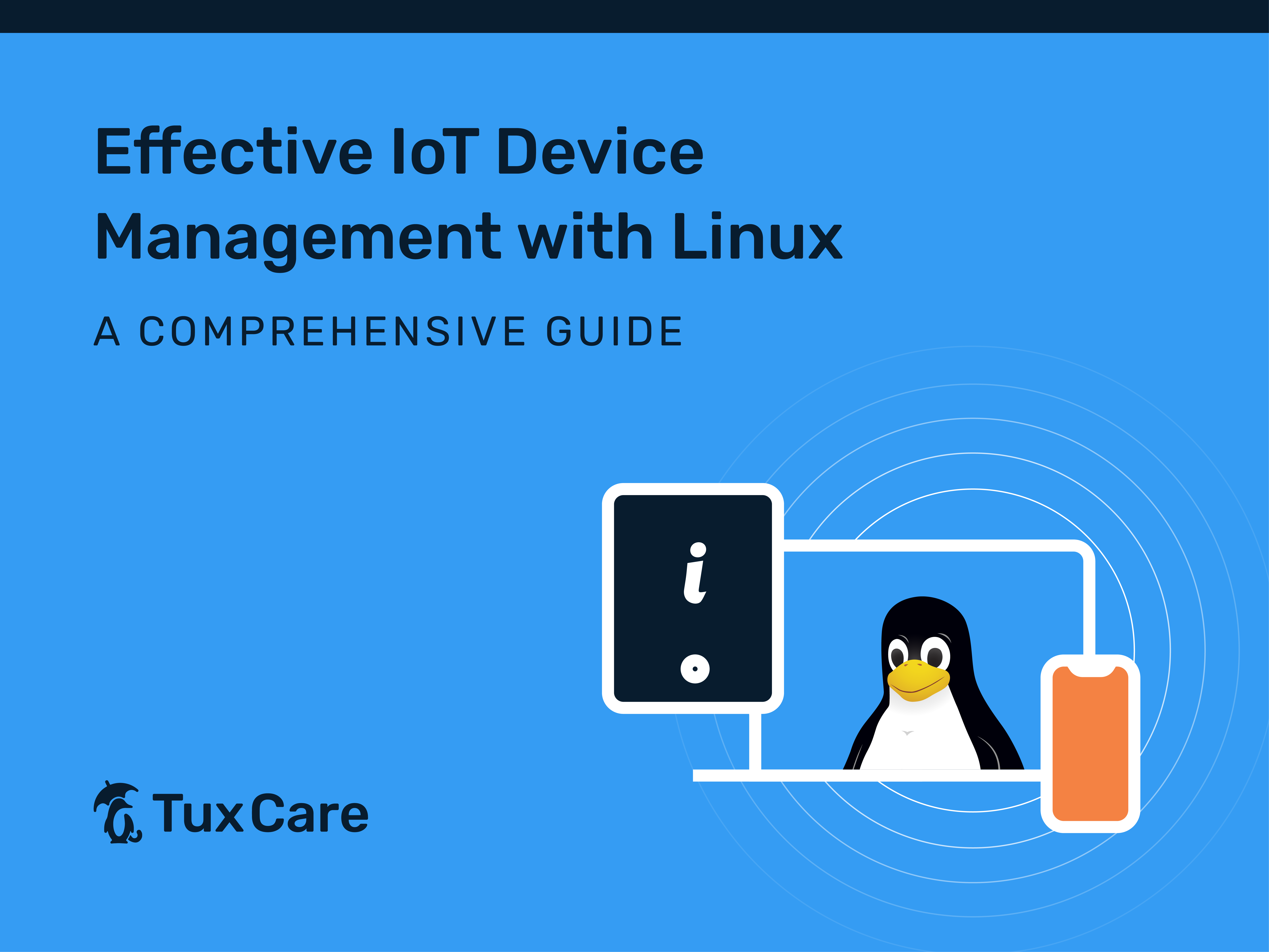Effective IoT Device Management with Linux: A Comprehensive Guide
IoT device management refers to the process of remotely overseeing, configuring, monitoring, and maintaining Internet of Things (IoT) devices. It involves tasks like provisioning, firmware updates, security management, data monitoring, and troubleshooting to ensure the efficient and secure operation of IoT devices throughout their lifecycle. This management is typically done using centralized software and tools, allowing organizations to manage a large number of IoT devices effectively.
Managing IoT (Internet of Things) devices using Linux requires a combination of strategies, tools, and best practices to ensure efficient and secure operations. Here’s a comprehensive guide on how to effectively manage IoT devices with Linux:
Linux IoT Device Management Strategies
1. Selecting the Device & Software
Start with the operating system and hardware first. Choose Linux distributions suitable for IoT, such as Yocto Project, Raspberry PI, or Ubuntu Core, which are optimized for resource-constrained devices.
2. Configuring Remote Access
Secure remote access is required for IoT device management from a central location. You can use SSH (Secure Shell) for secure remote terminal access. Additionally, you can implement VPNs to enable secure remote device access over the internet.
3. Software Updates
- Regularly update the software and firmware on your IoT devices to address security issues and bugs and boost functionality.
- Use the default package managers such as ‘apt’ or ‘dnf’ for system package updates.
- For custom software and firmware updates, consider using Over-the-Air (OTA) update tools like ‘Mender’ or ‘SWUpdate.’
4. Configuration Management
Use configuration management tools like Ansible, Chef, or Puppet to handle large-scale device configurations. Also, make configuration templates that are easy to apply on a variety of devices.
5. Monitoring and Logging
To keep tabs on the performance and behavior of your IoT devices, it is essential to set up logging and monitoring systems. You can use tools like ‘syslog,’ ‘rsyslog,’ ‘Logrotate,’ and ‘Prometheus’ for monitoring and alerting purposes.
6. Security Best Practices
Security is a critical component of IoT device management and it is crucial to implement the best security measures to protect your IoT devices. For example:
- Updating and patching the operating system and applications on a regular basis.
- Disabling unused services and ports to reduce the attack surface.
- Using firewalls to manage incoming and outgoing traffic, such as firewalld or iptables.
- Limiting access to authorized users by using the role-based access control (RBAC) method.
- Identifying real-time threats with the help of intrusion prevention systems (IPS) and intrusion detection systems (IDS).
Additionally, an effective patch management strategy is crucial for ensuring timely patches and maintaining the secure ecosystem of the IoT devices. This not only helps to mitigate security vulnerabilities but also comply with industry standards and regulations.
You can consider using an automated patching tool, like TuxCare’s KernelCare IoT, for live patching IoT devices running on Linux. KernelCare IoT applies all security patches automatically without needing to restart the IoT devices or schedule patching-related downtime. It supports multiple distributions, including Raspberry Pi, Ubuntu, and Yocto Project.
7. Authentication and Authorization
- Use strong, unique passwords for device access and consider enabling two-factor authentication (2FA).
- Utilize access control tools like AppArmor or SELinux to restrict the actions of users and processes.
8. Backup and Recovery
- Make regular backups of your firmware, application data, and device configurations.
- Use recovery methods to restore devices to a known good state in the event of malfunctions or security breaches.
9. Lifecycle Management
Develop a clear lifecycle management plan for your IoT devices, including device provisions, deployments, monitoring, maintenance, and end-of-life policies.
10. Compliance and Regulations
Depending on the IoT use case, make sure compliance with industry-specific rules and standards like GDPR, HIPAA, or NIST is maintained.
11. Documentation and Staff Training
- Keep thorough records of all device configurations, policies, and guidelines for future reference and troubleshooting.
- Make sure your operations and IT team are up to date on the latest security procedures and IoT technology by providing them with ongoing training.
Final Thoughts: Securing IoT Devices with KernelCare IoT
IoT device management is an ongoing process that requires constant attention to security and performance. It is essential to regularly assess the IoT ecosystem and adopt new management strategies to tackle evolving challenges in the IoT space.
IoT devices often operate in critical or remote environments where any downtime can have significant consequences. KernelCare IoT live patching allows security updates and bug fixes to be applied without rebooting the device, ensuring uninterrupted service. It enables seamless and secure updates on connected devices without disrupting their operation.
IoT devices are increasingly targeted by malicious actors. KernelCare IoT automatically applies all security patches immediately, reducing the exposure time to vulnerabilities and enhancing overall device security. This helps organizations respond quickly to emerging threats and critical updates.
Additionally, many industries have stringent regulations and compliance requirements, necessitating timely security updates. KernelCare IoT ensures IoT devices remain compliant by allowing organizations to deploy updates quickly.
For more details and insights, you can read our whitepaper on live patching Industrial IoT devices.
Speak to a TuxCare Linux IoT expert to get started with KernelCare IoT live patching for your IoT infrastructure.



 Documentation
Documentation Login
Login




